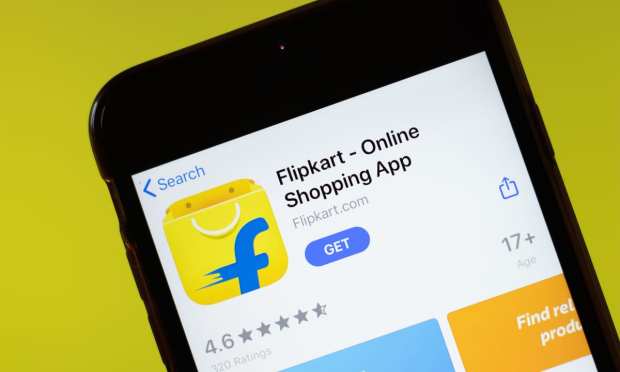Flipkart Looks At Possible Traditional US IPO

Walmart’s Flipkart is working toward going public, which could happen in the fourth quarter of this year and value the company at $35 billion, Bloomberg reported.
Walmart has set up an initial public offering (IPO) team internally and is leaning toward debuting Flipkart’s IPO in the U.S. traditionally, Bloomberg reported, citing people familiar with the matter.
Flipkart, which is based in India, has previously considered going public via a special purpose acquisition company (SPAC), which would have sped up the process. But Bloomberg reported that that option isn’t currently in consideration.
The IPO discussions are ongoing and might change, according to Bloomberg. Flipkart might end up choosing a location outside the U.S.
As the pandemic’s boost to eCommerce continues, India is seeing a number of companies readying for IPOs, including at least 10 offerings currently in the queue, Bloomberg reported. Those include Policybazaar, an insurance aggregator, and Zomato, a food delivery service.
Flipkart, which was founded in 2007, was acquired by Walmart in 2018 in the company’s biggest acquisition ever. Today, Flipkart encompasses fashion retailer Myntra along with Flipkart Wholesale. It has over 300 million registered users, along with over 150 million products in 80 categories, according to Bloomberg.
Initially, the Walmart purchase of the company was met with skepticism as share prices fell, Bloomberg reported. Additionally, Walmart has struggled to make headway with the company, reporting financial losses.
But the IPO could change all that, according to Bloomberg.
Flipkart has plans to keep expanding in more than 70 cities in the coming months, PYMNTS reported. As of early March, Flipkart was available in seven metro cities alongside numerous towns outside that area, serviced by a satellite-expansion marketplace model.
Flipkart uses its own grocery fulfillment centers in the metro areas like Kolkata, Ahmedabad and Pune.
Grocery has been considered a highly lucrative area for eCommerce, and the pandemic’s embrace of contactless shopping will likely continue for the time being.
